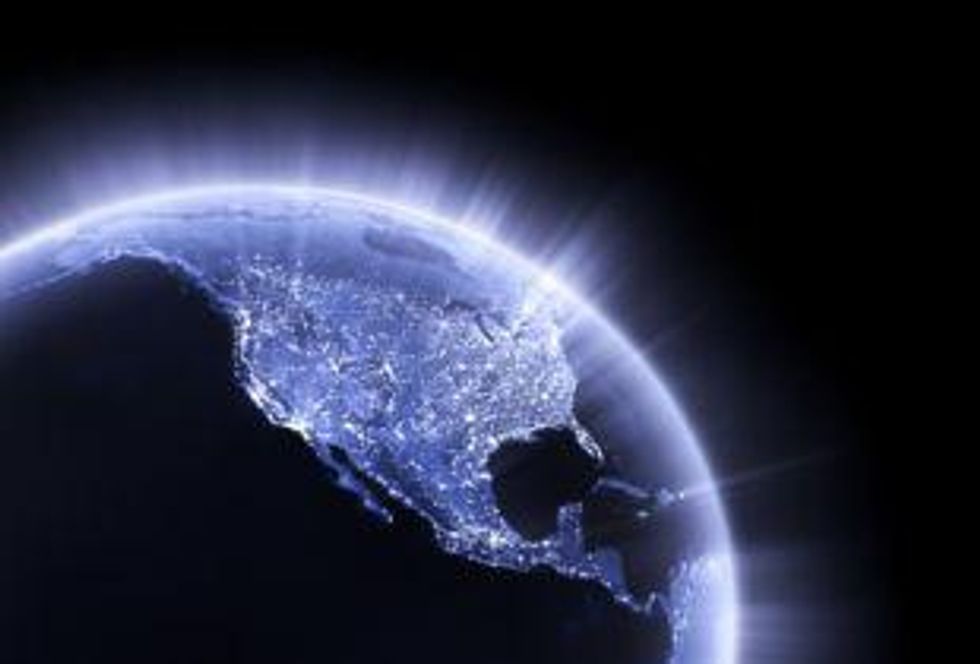A proposed highway through one of the natural wonders of the world, the Serengeti National Park, is coming under harsh criticism from environmental groups. The road is intended to facilitate the mining operations of the Lake Victoria region of Tanzania. The irony is that rare earth elements needed for green energy may harm one of the world’s last untouched natural wonders.
By Michael Montgomery—Exclusive to Rare Earth Investing News
The Lake Victoria region in central Africa and the nation of Tanzania is the focus of environmental groups around the world for a proposed road through the Serengeti Park. The road is being created mainly to transport minerals from the area surrounding Lake Victoria, including rare earth elements, gold and other minerals. However, at the time this article was written, I could find no rare earth companies operating in the region. The Serengeti is one of the last places on earth blessed with a rich biodiversity that resembles what the world looked like a million years ago. Its vast expanse is the habitat of hippos and lions as well as herds of wildebeests and zebras that total in the millions. The natural wonders of the park draw tourists from around the world. The proposed road bisects the park from Lake Victoria to the West traveling across the migratory routes of the animals, towards the shipping ports on the eastern coast. The biggest purchasers of minerals from Tanzania are China, followed by India and Japan.The main rare earth deposit in Tanzania is the Wigu Hill deposit owned by Montero Mining. The deposit is south east of the Serengeti Park, and the transportation of the minerals will not be on the proposed highway. The deposit is said to have high concentrations of REE’s with none of the radioactive elements, such as thorium and uranium, usually associated with the mining of rare earths. The deposit has a historical resource estimate with an “average 14.5% total REO (range 12.7-16.5%) and are dominated by the light rare earths (LREE): lanthanum, cerium, praseodymium and neodymium constitute over 95% of the total,” according to the company.
Another company with interests in the region is Lake Victoria Mining Company (OTC:LVCA). The company also owns the subsidiary Kilimanjaro Mining Company that has numerous deposits in the region in question. The company mainly mines gold and uranium in the region and may benefit from the proposed road. There are also many other companies in the region.
This situation further highlights the dichotomy in the rare earth market. Many of the metals are essential to green technologies, whether used in wind turbines, hybrid and electric automobile motors; however, the mining of the minerals is environmentally costly. The people who purchase hybrid vehicles and call for increased renewable energy sources often overlook the mining of these elements has the potential to lead to the degradation of the environment.
In China the mining of REEs has destroyed fertile agricultural areas, and polluted water sources so heavily that a major percentage of ground water in the region is even unsuitable for industrial use. The environmental damage is so high after years of no-questions-asked-mining in China that the country has shutdown mining operations, and cut quotas for the metals. Chinese officials announced last week that further cuts to mining will be seen in 2011.
“Under the rules, expected to pinch rare earths miners with raised environmental protection costs, levels of ammonia nitrogen would be cut from 25 milligrams to 15 milligrams per litre, and radioactive elements and phosphorus emissions would be reduced,” reported Michael Martina, for Reuters. The decrease in mining output and the increased costs of environmental protections in China will undoubtedly raise the price of most rare earths in 2011. On top of these factors are the increased tariffs on many of the 17 rare earth elements. The outlook for REEs prices in 2011 should remain strong.
The creation of this highway through the Serengeti National Park, home to the most densely populated animal migrations in the world, is just another irony of this modern world. The worst case scenario is “rare animals like rhinos getting knocked down as roadkill; fences going up; invasive seeds sticking to car tires and being spread throughout the park; the migration getting blocked and the entire ecosystem becoming irreversibly damaged,” stated Jeffery Gettleman, for The New York Times. People want to save the environment, but in order to do so the search for rare earths and other minerals, essential to those aims, push mining companies into untouched regions of unrivaled beauty. The saying “you can’t have you cake and eat it too” has never been more applicable.
